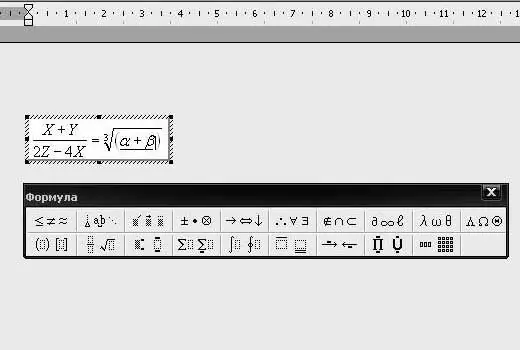If there are multiple users of the Windows operating system, the startup screen displays the choice of one of them to log on to the system. You can change this preference setting by choosing to log in by default with only one of the accounts.

Instructions
Step 1
Open the "Run" menu item by clicking the "Start" button. In the line of the small window that appears, enter control userpasswords2 and press the Enter key. You will see a menu for configuring the login of accounts into the system, where you can also disable the password prompt without deleting it and configure the default login for one of the users.
Step 2
Uncheck the box next to "Require username and password to enter the system" at the top of the window. Click the Apply button. You will see a new window in which you will need to enter your data to automatically log into Windows. Apply changes and close windows, restart your computer.
Step 3
If you need to bypass the automatic login to the operating system, press and hold the Shift key while starting the computer. In order to return the password request and cancel the default login, also run the setup via the command line and check the box for the login prompt.
Step 4
Use a special third-party utility to configure the parameters for logging into the operating system, for example, XPTweaker, which is freely available on the Internet.
Step 5
If you are going to use only one account in the future, delete all the others so that they are not displayed when the computer boots. To do this, open the control panel and go to the user account settings management menu.
Step 6
Click on the one that you will not need in the future, you will see a list of actions that you can perform with it under the administrator account. Select "Uninstall". Repeat this step for the rest of the users, but keep in mind that at least one account with administrator rights must remain in the operating system.






